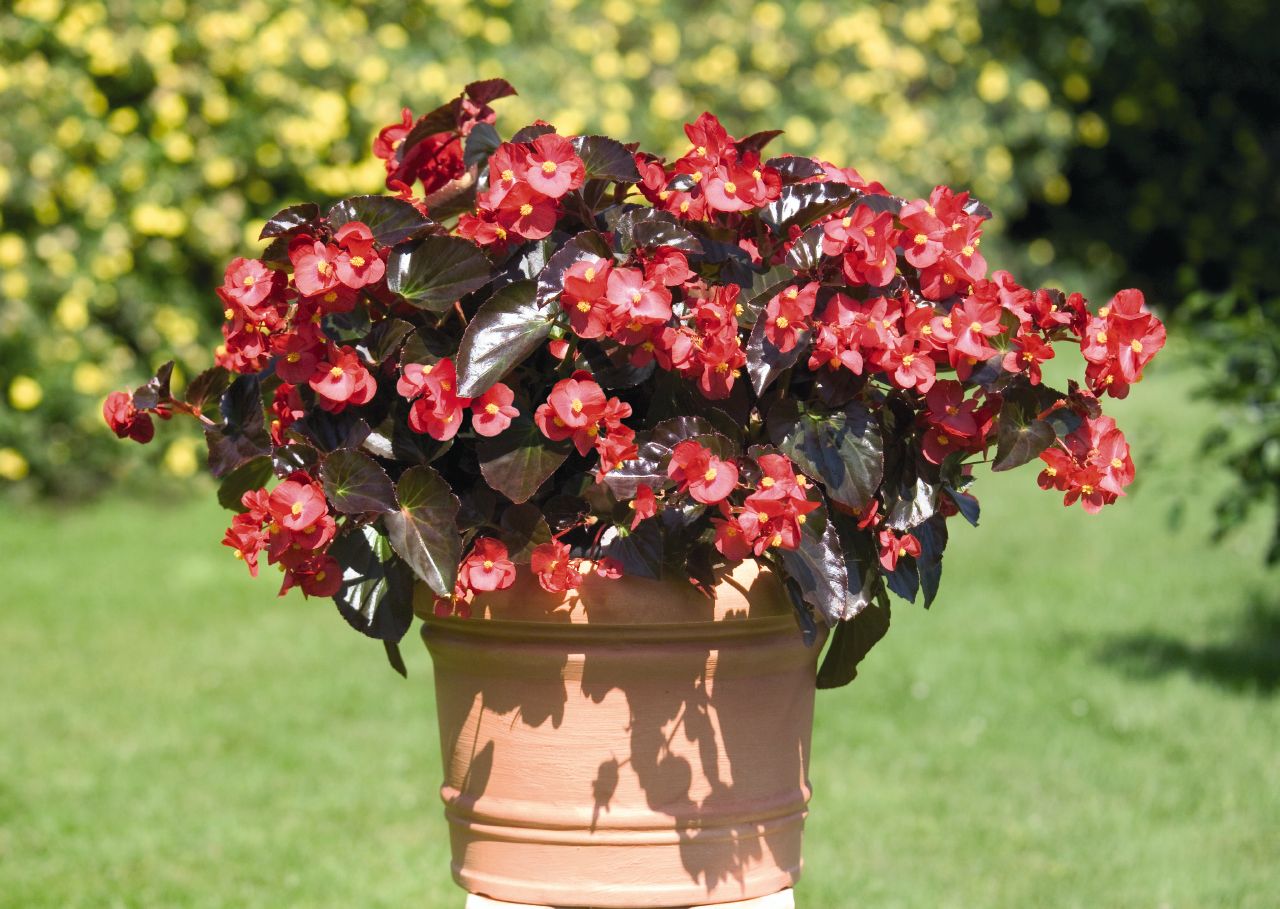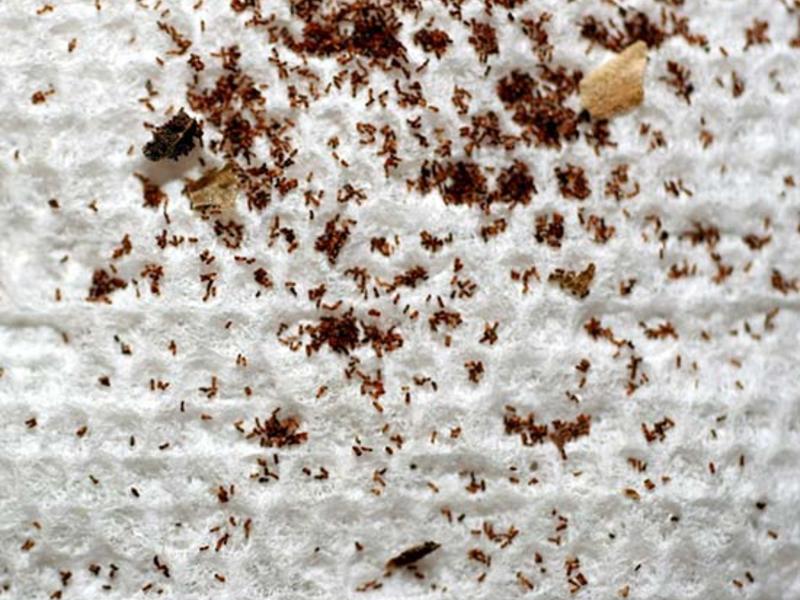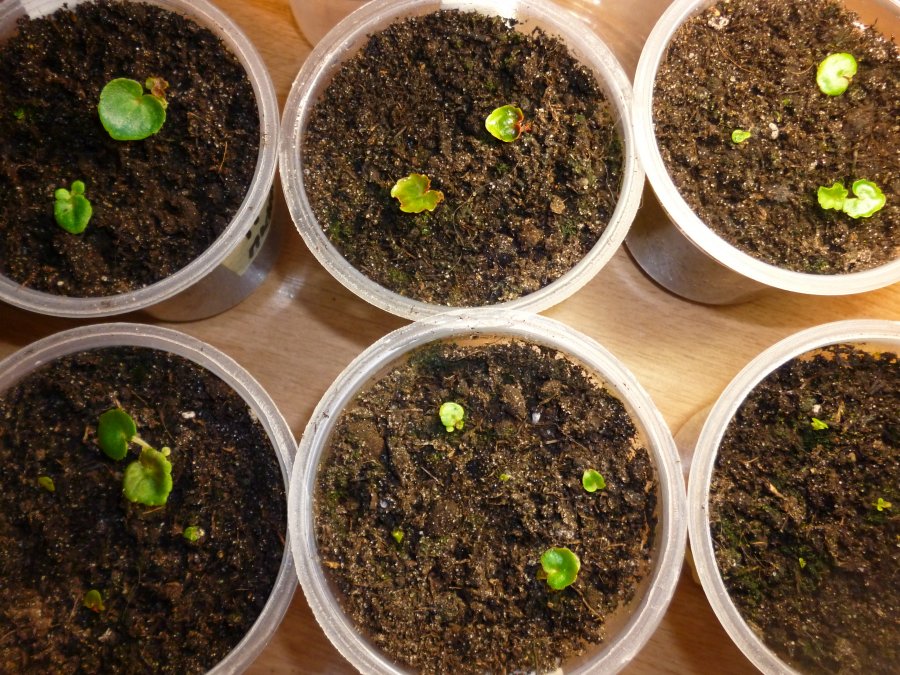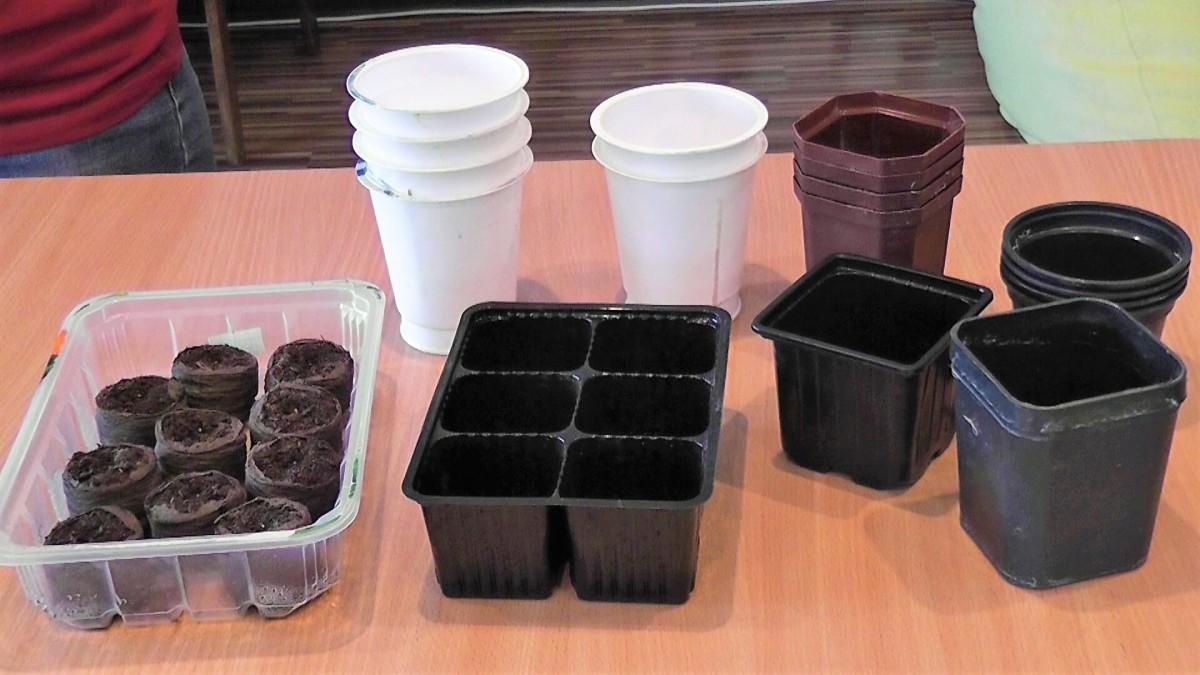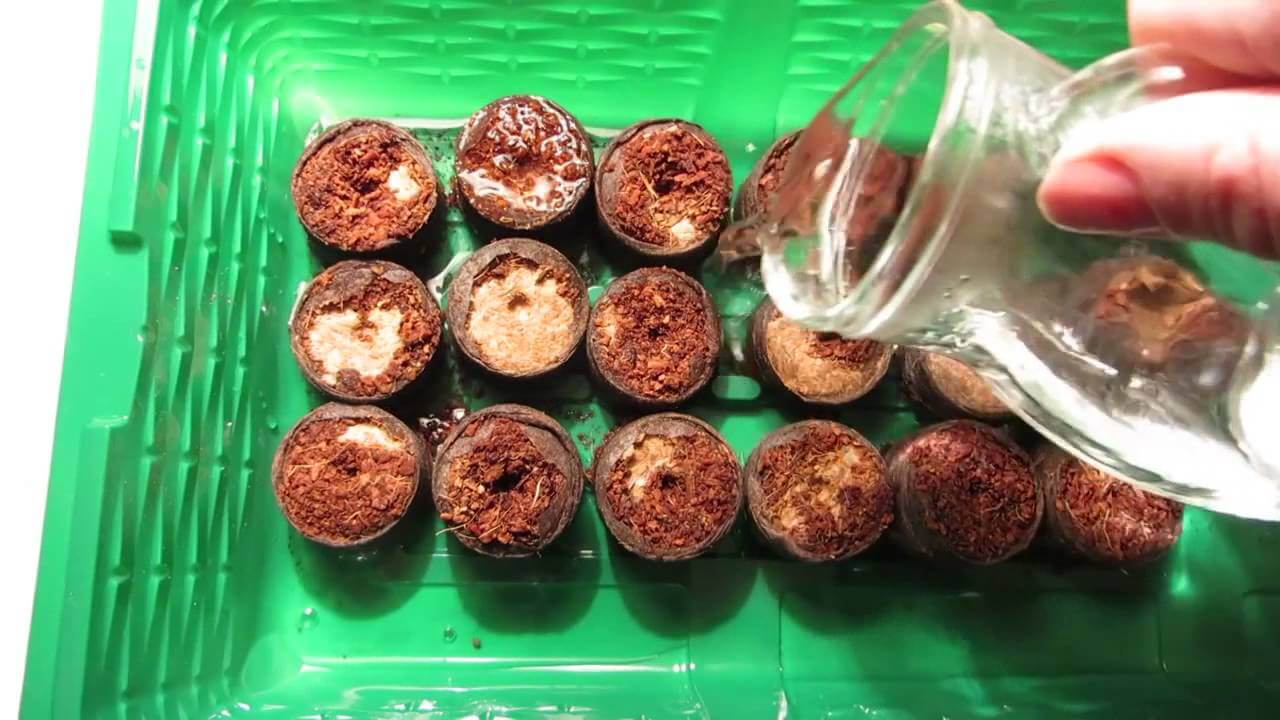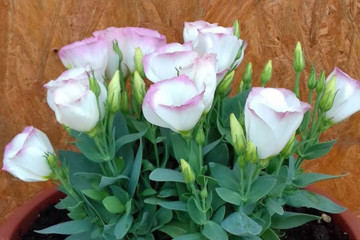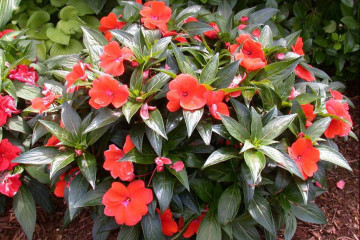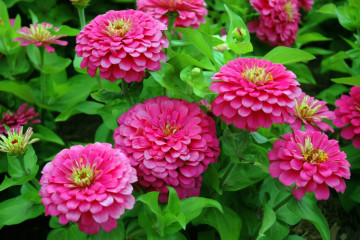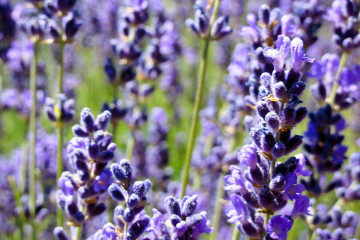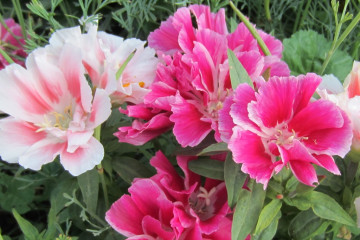Begonia from seeds at home - sowing and growing
Content:
Among indoor plants, begonia is distinguished by its leaf size and attractive appearance during flowering. It reproduces simply and does not require complex manipulations when leaving. Many growers grow begonias from seeds at home and get a healthy plant that decorates the house.
Begonia variety selection
The begonia culture is characterized by attractive inflorescences and is subdivided into a large number of varieties and subspecies. When choosing a variety for seed propagation, attention should be paid to the following:
- Deciduous begonia - rarely used for seed propagation. Purchased in a specialized store and used for further germination.
- Tuberous varieties are most commonly used for seed propagation. A distinctive feature is large buds. The plant can bloom for a long time.
- Shrub begonia - can be propagated by various methods, including seeds.
Begonia grown from seeds does not lose its characteristics and quickly sprouts for further transplantation to a permanent place.
Sowing dates of begonia
Begonia from seeds at home requires adherence to planting dates. Depending on the type of seed, the timing may differ. If seeds are purchased in a specialized store, they are planted a little later, since the planting material has already passed preliminary preparation. If home seeds are used, begonias are planted in mid-January.
When does a flower sprout appear?
Ever-flowering begonia, the seedlings of which appear within 15 days after planting, requires careful maintenance. After emergence, small shoots reduce the intensity of growth and freeze for a while. It is important to ensure that the thin shoots are not damaged during watering.
Selecting a container for sowing
Ever-flowering begonia is a popular plant that requires a properly sized pot to grow from seed at home. Small containers are used for planting. In the future, the plant is transplanted to a permanent place. As a container for planting seed, the following can be used:
- container for growing seedlings;
- silicone molds;
- special peat tablets;
- shallow trays.
Soil preparation
Growing tuberous begonias at home from seeds requires preliminary soil preparation. The soil for planting is purchased in a specialized store or prepared independently. To make your own formula, you need to:
- mix part of the leaf land and half of the peat and sand;
- sift the resulting mixture so that there are no lumps, and fill the container.
Sowing seeds
In order to get fast shoots, it is important to observe the features during sowing. It is necessary to plant seeds in the ground at a shallow depth. Above the seed should not be covered with soil, this can lead to the death of the seed. For landing, the following step-by-step instructions are provided:
- fill the container for planting with a nutrient mixture;
- thoroughly water the soil and leave for a few minutes so that the water is all absorbed;
- carefully plant the seeds in small holes;
- cover with foil or glass on top.
The use of film allows you to create a greenhouse effect and accelerate seed germination. If the seeds germinate in the summer, you should regularly remove the foil and let in fresh air so that the seeds do not suffocate.
Sowing in peat tablets
In order for the plant to germinate quickly, it is recommended to use special pressed peat tablets. The following algorithm of actions is performed:
- the tablets are placed in a container that does not allow moisture to pass through;
- hot water is poured into the container so that the compressed peat begins to gradually swell;
- monitor the condition of the tablet, if necessary, water is added;
- the seed is placed in the center of the swollen peat;
- after the seeds are planted, the container should be covered with foil and placed in a sunny place.
In order to speed up the germination process, it is necessary to carefully monitor the state of the nutrient mixture, and regularly moisten.
What affects germination?
In some cases, the seed does not germinate well, and the growers cannot wait for the sprouts. The following factors can affect seed germination:
- Incorrect storage of planting material. In a cold and wet place, sprouts may not appear.
- Insufficient moisture. If there is no regular watering, the soil will dry out and no shoots will appear.
- Incorrect temperature conditions. In order for the seeds to sprout, it is necessary to place a container with a sprout on the windowsill. The temperature for germination should be at least +25 ℃.
Transfer to a permanent place
Tuberous begonia is grown from seeds, planting and caring for the planting material does not differ from other varieties. After the plant sprouts, it is transplanted to a permanent place of growth. Choose the right pot before planting. The container should be medium in size. The roots of the plant are of an average degree of development. The root processes should not be strongly constrained by the walls of the pot. The steps for transplanting a plant to a permanent place of growth are as follows:
- Small stones must be placed in the prepared container as drainage.
- Mix in equal proportions a deciduous mixture, peat, sand and humus. The resulting nutrient mixture fits tightly into the pot.
- Moisten the soil thoroughly.
- Make a small hole in the soil.
- Take out the seedlings along with the soil and place in a new place.
- Tamp the soil.
If peat cups are used, you can plant begonias in a pot together with a peat container. In the future, the peat cup will disintegrate.
What if the begonia seeds do not germinate?
If the sprouts do not appear, the container with the seedlings is placed in a warmer place and the irrigation regime is regularly monitored.In some cases, sprouts may not appear due to poor quality seed. In this case, it is recommended to plant new seeds and cover with plastic wrap. Even if not all the seeds germinate, you can make a dive and leave the strongest seedlings.
Basic rules for watering
When growing begonias, it is important to follow the watering rules. Features:
- after planting, watering must be carried out by spraying from a spray bottle;
- spraying sprouts is not recommended, as this can lead to burns and yellow spots;
- watering the plant is necessary every three days;
- in summer, a pot with a plant is placed in a pan with water; the roots will independently absorb the required amount of liquid.
Before use, the water is preliminarily defended and only after that it is used for irrigation.
Begonia is grown in a variety of ways. Seed allows you to get a large number of seedlings without sacrificing performance. It is important to choose the right planting material and follow all the rules for planting in the ground.
